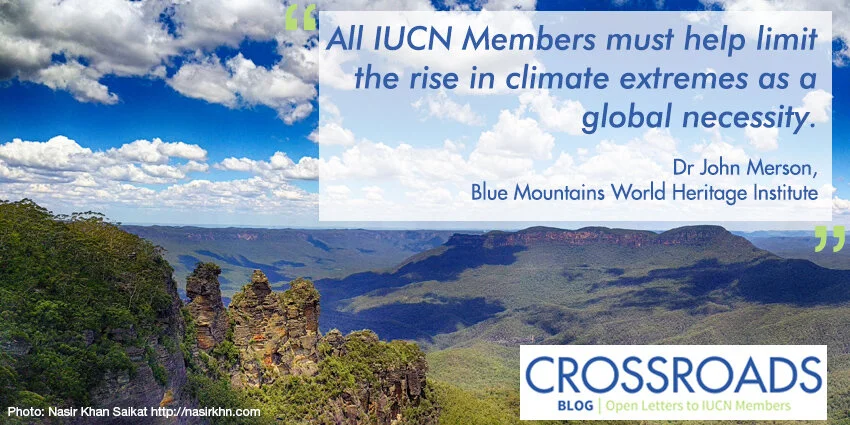On Thursday 18th November a group of our volunteer citizen scientists met our new Ecological Programs Manager, Victoria Austin at the Fairfax Track site in Blackheath. The event marked the official restart of our citizen science ecological monitoring program after many months of lockdown.
Cracking Film Trip into the Blue Gum Forest
Halloween Swampfest for our field researchers
On Sunday 31st October, Dr Ian Wright and project intern Holly Nettle ventured out into the field to collect new sets of data from the swamps we are monitoring at Lawson, Bullaburra and Medlow Bath, as part of our Upland Swamps project. Dr Wright shared posts about the expedition on Twitter.
Blue Gum Forest Expedition
Meet our Interns: Holly Nettle
Holly Nettle is currently an Environmental Science cadet with the Blue Mountains City Council and a research intern with the Blue Mountains World Heritage Institute, helping us out with coordination and data collection relating to our Upland Swamps monitoring and decision support project.
Video: Why Swamps Matter
Video: Eco Monitoring Citizen Science Program
Video: Youth Citizen Science Program
Climate change and fire: lessons from the Blue Mountains
PAC 2021 Scholarships Now Open
The Protected Areas Collaboration (PAC) for Learning & Research is now taking applications for their next round of scholarships.
BMWHI Adaptive Management for Conservation courses are eligible for scholarship support. Visit PAC Scholarships for more information and to apply.
Name game to bring NSW’s threatened plants into the spotlight
Post-fire bush regeneration resources
The Australian Association of Bush Regenerators is building an online portal of helpful material about post-fire bush regeneration and ecological weed management after the wildfires of summer 2019-20. Learn about the importance of weeding and locate volunteers to assist your efforts.
Saving the Rock Art of the Blue Mountains
Re-imagining conservation in our rapidly changing world
Native Fauna of the GBMWHA
The (re)Generation Project: back to nature
Turtle Island launched at Glenbrook Lagoon
Seven billion burnt trees
Murujuga World Heritage nomination
Feral horses are wiping out rare species in the Australian Alps.
Kosciuszko National Park provides habitat for many endangered and vulnerable native species. The bushfires have decimated a lot of what was left. Feral horses now threaten to destroy the remainder, and an urgent culling program is needed.
























